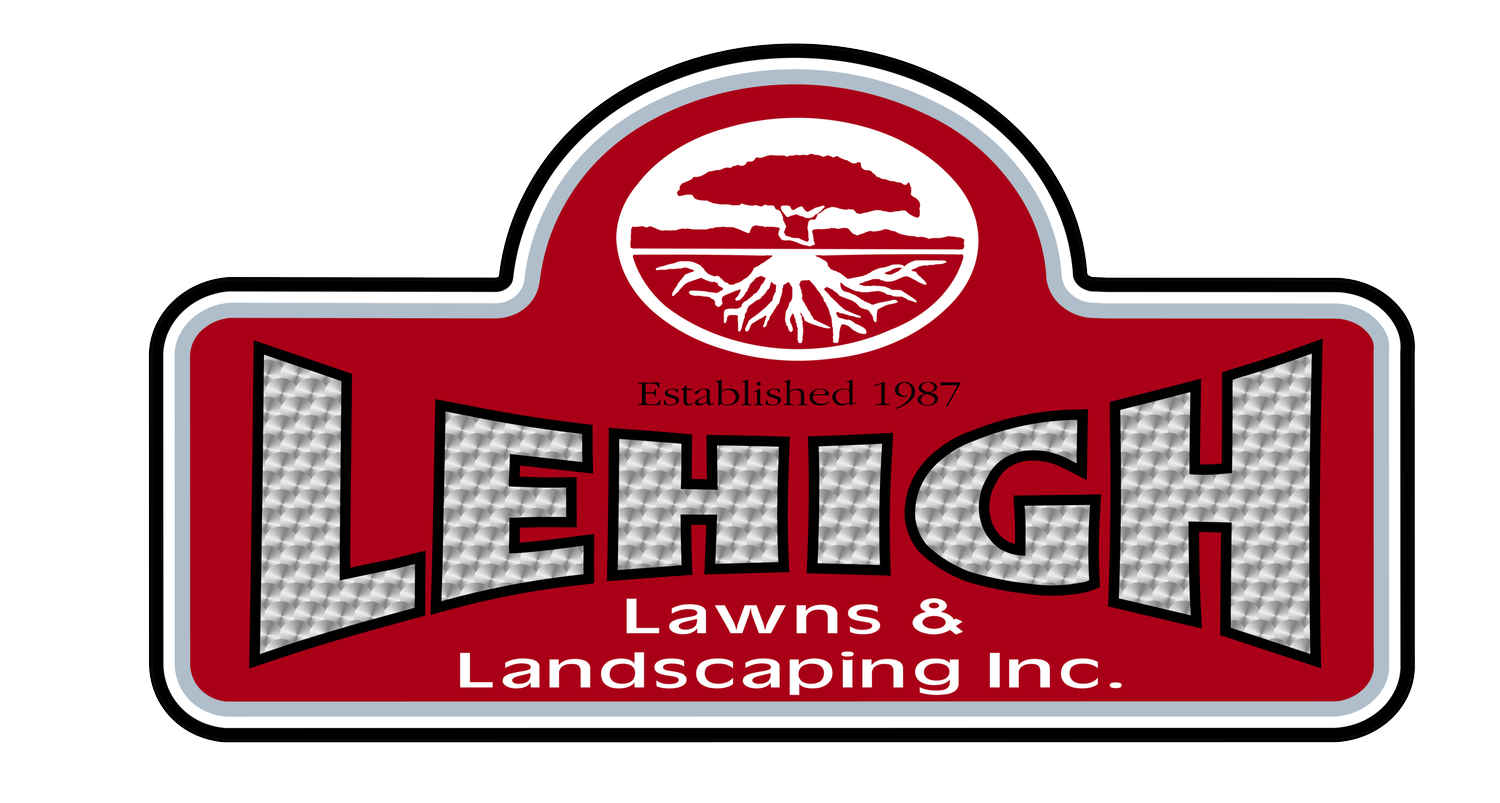Mulch Dos & Dont’s for Dutchess County, NY Residents
Mulch is the icing on the cake of a beautifully landscaped yard. At first glance, mulching your garden planting beds may seem as simple as spreading layers of organic material. While it is not a difficult process, there are some things you should know about how to use mulch, and how not to use it, that can save your plants from an early demise and keep your property looking great the entire year.
Do: Use Mulch to Lock in Moisture
A two-inch layer of mulch will keep the soil around your plants from becoming the Sahara Desert in the Dutchess County summer weather. Think of it as a protective blanket that keeps the soil moist and gives your plants the opportunity to take a drink whenever they need water.
Don’t: Use Wood Chip Mulch Near Cars or Houses
One of the most commonly used mulches in landscapes is chipped up wood. While this does have a place in landscapes, you should never use it around structures you do not want to become stained. As the wood breaks down, it attracts fungi. Most of these are harmless helpers in the decomposition process, but there is a particular type of artillery fungus that shoots spores several feet through the air. These spores leave dark, black stains that are impossible to clean. Either avoid wood mulch or change it out once a year. More commonly used, and a better choice, is shredded hardwood mulch.
Do: Use Wood Chip Mulch as a Natural Herbicide
It is the nature of organic materials, such as wood, to break down as quickly as possible. In order to do this, they pull as much nitrogen from the soil as possible. This is what plants use as their main source of food. You can use this knowledge to your advantage by liberally spreading wood mulch over areas prone to weeds. A nice layer will smother the weeds, and the lack of nitrogen in the surrounding soil will keep them from growing again.
Don’t: Use Wood Chip Mulch Around Landscape Plants
For the same reason that you spread this mulch around areas where you want to kill plants, you should never mulch your garden beds or trees with wood chips. It may take a few months, but the plants will eventually suffer and may even die from this treatment. Ask a landscape professional more advice, but safe choices for your landscaping beds is either shredded hardwood mulch which is available dyed in different colors, or natural cedar mulch.
Do: Mulch Creatively
While the standard mulch for residential properties and commercial buildings is the shredded hardwood offered in black, red, and brown, there are a variety of amazing mulches for your landscape plants that look good while feeding the plants. Some more novel choices are shredded leaves, nut hulls, compost and cocoa shells which all make great plant mulches. The key is that these items are all already completely or partially decomposed, so instead of sapping nutrients from the soil they actually feed your plants and retain moisture.
Don’t: Pile Mulch Against Tree Trunks
Just like humans, trees need room to breathe. The tree parts that actually gather nutrients and water from the soil are the roots. If you look up into the canopy of the tree, you can imagine the roots as being an identical version that down below. The areas that should be mulched are about six inches to a foot away from the trunk. Piling the mulch right up against the tree trunk can actually make your tree weaker.
Do: Use Mulch to Give Your Landscape a Polished Appearance
Nothing makes your property look well groomed and professionally maintained like the smart use of landscape mulches. It can work to define pathways, delineate borders and give an even appearance to the ground. Use mulch liberally to cultivate healthy plants and keep your lawn and garden looking spectacular.

